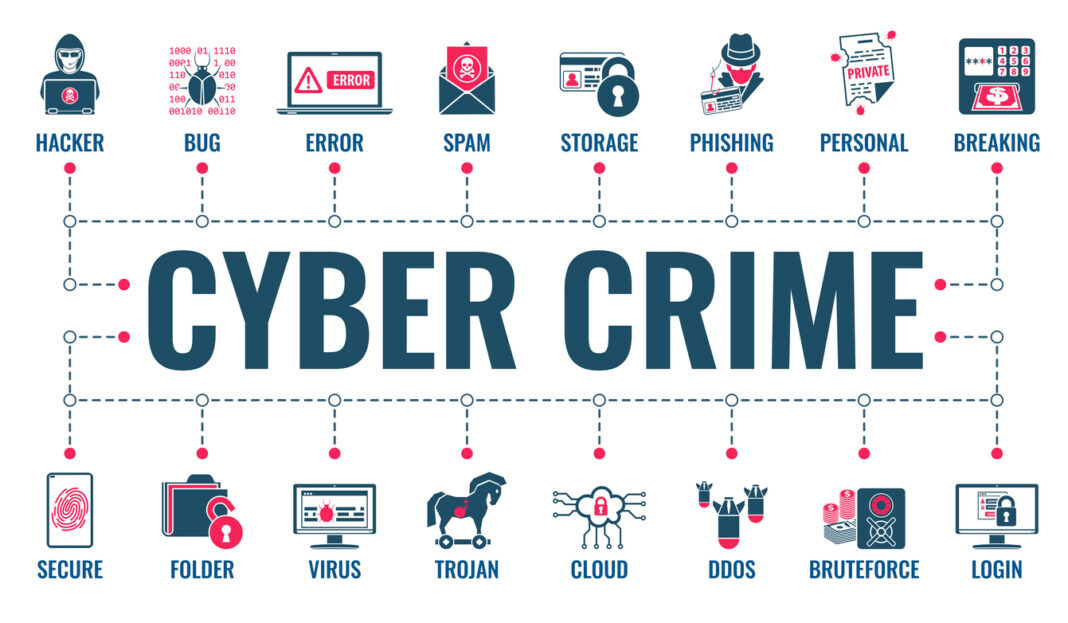Cyber attacks have become a major concern for businesses and organizations of all sizes. With the increasing reliance on technology and the internet, the potential for cyber attacks has risen significantly. In this blog post, we will provide a detailed breakdown of different types of cyber attacks, how they work, and which types of industries and companies are most at risk.
- Phishing: This is a tactic where attackers send fraudulent emails or messages that appear to be from a legitimate source, in order to trick individuals into providing sensitive information such as passwords or financial information. These attacks can take the form of emails, text messages, or even phone calls. Phishing attacks can target individuals or entire organizations and are particularly effective because they often prey on human emotions such as fear or urgency.
- Ransomware: This type of attack involves malware that encrypts the victim’s files, making them inaccessible until a ransom is paid to the attackers. Ransomware is often delivered through phishing emails or through vulnerabilities in software. Once the malware has encrypted the victim’s files, a message will be displayed with instructions on how to pay the ransom. The attackers may also demand payment in the form of cryptocurrency which makes it harder to trace.
- Distributed Denial of Service (DDoS): A DDoS attack is a type of cyber attack that aims to make a website or online service unavailable by overwhelming it with traffic from multiple sources. This is accomplished by using a network of compromised devices, known as a botnet, to send a flood of traffic to the targeted website. DDoS attacks can cause significant disruption to online businesses and can be difficult to defend against.
- Advanced Persistent Threats (APTs): APTs are a type of cyber attack that involves a prolonged and sophisticated campaign to gain access to a target’s network. APTs are often launched by nation-state actors or organized criminal groups and are typically aimed at stealing sensitive information or disrupting operations. These attacks are carried out by hackers who are highly skilled and have specific targets and goals. They also tend to use a wide range of techniques and tactics to infiltrate and maintain access to the target’s network over an extended period of time.
- Social Engineering: Social engineering attacks are designed to trick people into giving away sensitive information or performing actions that they wouldn’t normally do. This can include phone scams, pretexting, baiting, and other tactics that exploit human psychology. This type of attack takes advantage of the human tendency to trust and rely on personal interactions, making it one of the most effective ways for cybercriminals to gain access to sensitive information.
Industries that handle sensitive information such as finance, healthcare, and government are most at risk for cyber attacks. However, as technology becomes more prevalent in everyday life, nearly all industries are at risk of being targeted. Small and medium-sized businesses are also increasingly targeted by cyber criminals, as they may have less robust security measures in place.
To protect against cyber attacks, it is important to have robust security measures in place, such as firewalls, anti-virus software, and intrusion detection systems. Additionally, employees should be trained on how to recognize and respond to potential cyber threats. Regularly reviewing and updating security protocols can also help to minimize the risk of a successful cyber attack.
In conclusion, cyber attacks are a growing concern for businesses and organizations of all sizes. Understanding the different types of attacks and which industries are most at risk can help organizations take steps to protect themselves. By implementing robust security measures and educating employees on how to recognize and respond to potential cyber threats, organizations can help to minimize the risk of a successful attack.



